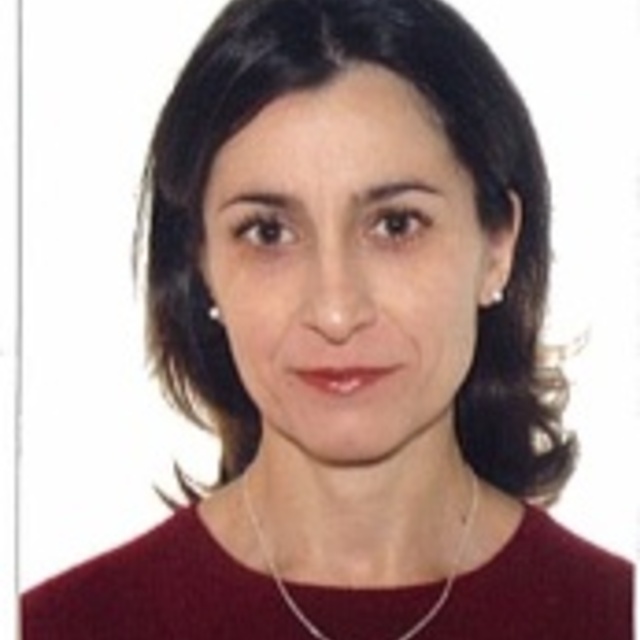November
2015
•
2015MNRAS.453.3356T
Authors
•
Tibbs, C. T.
•
Paladini, R.
•
Cleary, K.
•
Muchovej, S. J. C.
•
Scaife, A. M. M.
•
Stevenson, M. A.
•
Laureijs, R. J.
•
Ysard, N.
•
Grainge, K. J. B.
•
Perrott, Y. C.
•
Rumsey, C.
•
Villadsen, J.
Abstract
•
We present the first search for spinning dust emission from a sample of 34 Galactic cold cores, performed using the CARMA interferometer. For each of our cores, we use photometric data from the Herschel Space Observatory to constrain bar{N}H, bar{T}d, bar{n}H, and bar{G}0. By computing the mass of the cores and comparing it to the Bonnor-Ebert mass, we determined that 29 of the 34 cores are gravitationally unstable and undergoing collapse. In fact, we found that six cores are associated with at least one young stellar object, suggestive of their protostellar nature. By investigating the physical conditions within each core, we can shed light on the cm emission revealed (or not) by our CARMA observations. Indeed, we find that only three of our cores have any significant detectable cm emission. Using a spinning dust model, we predict the expected level of spinning dust emission in each core and find that for all 34 cores, the predicted level of emission is larger than the observed cm emission constrained by the CARMA observations. Moreover, even in the cores for which we do detect cm emission, we cannot, at this stage, discriminate between free-free emission from young stellar objects and spinning dust emission. We emphasize that although the CARMA observations described in this analysis place important constraints on the presence of spinning dust in cold, dense environments, the source sample targeted by these observations is not statistically representative of the entire population of Galactic cores.
Links




